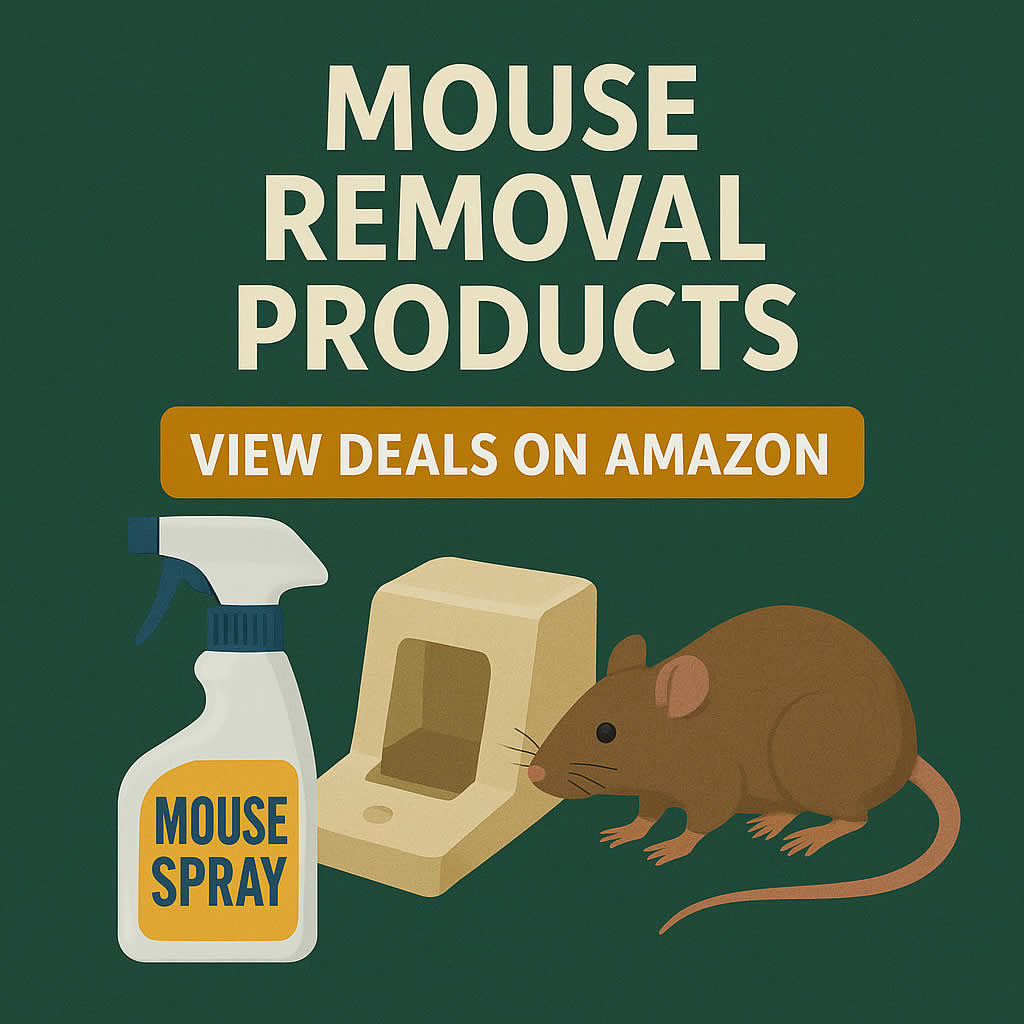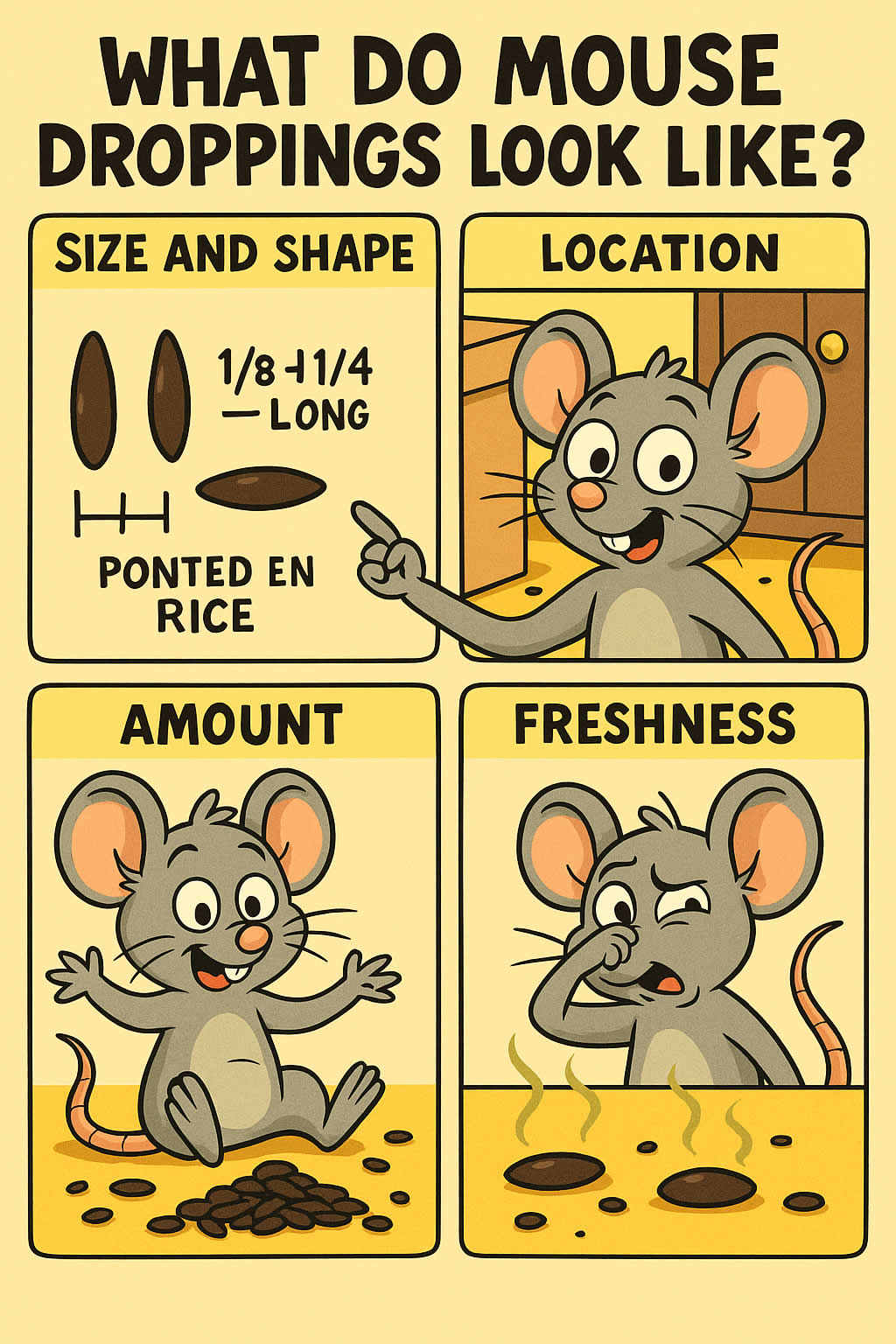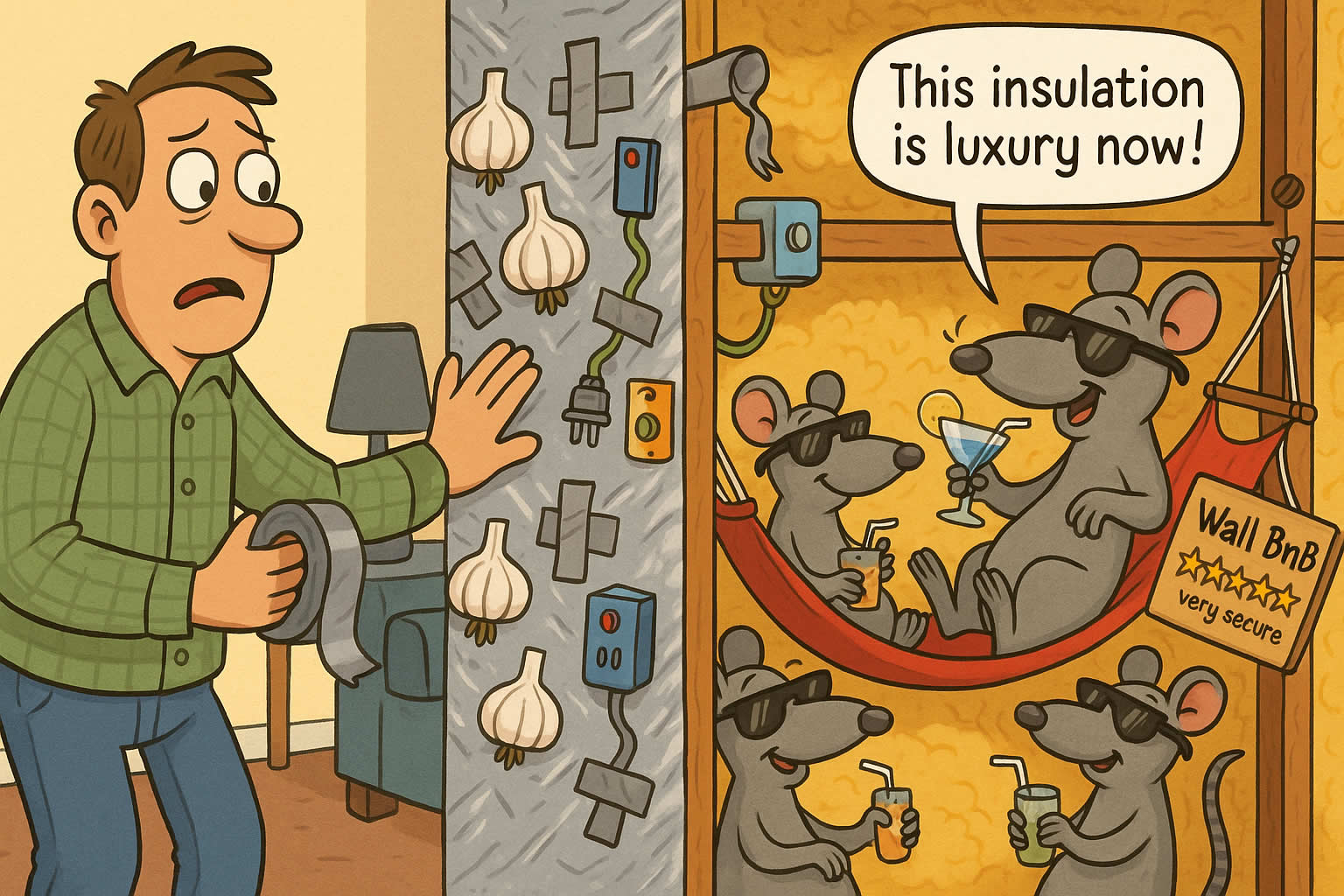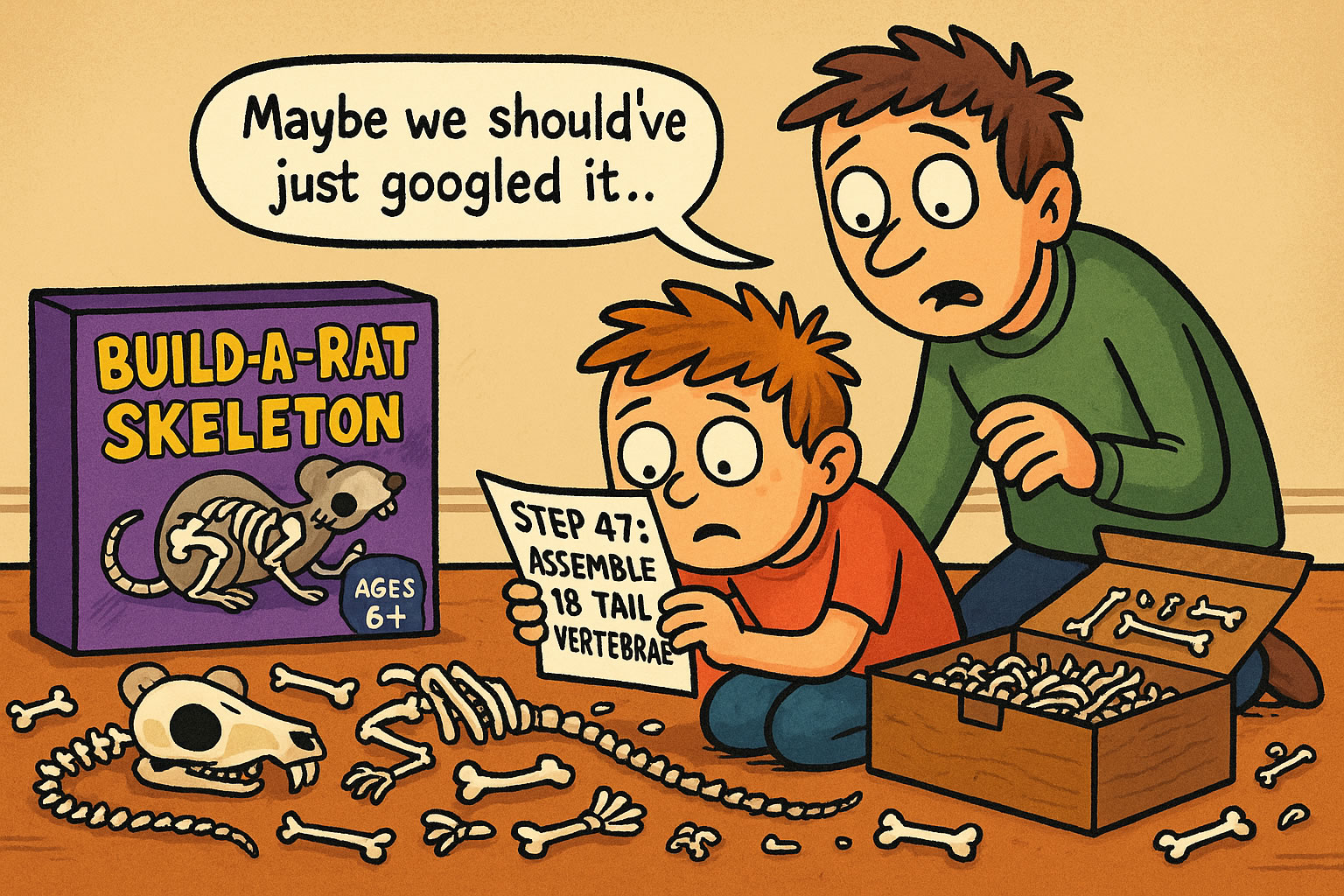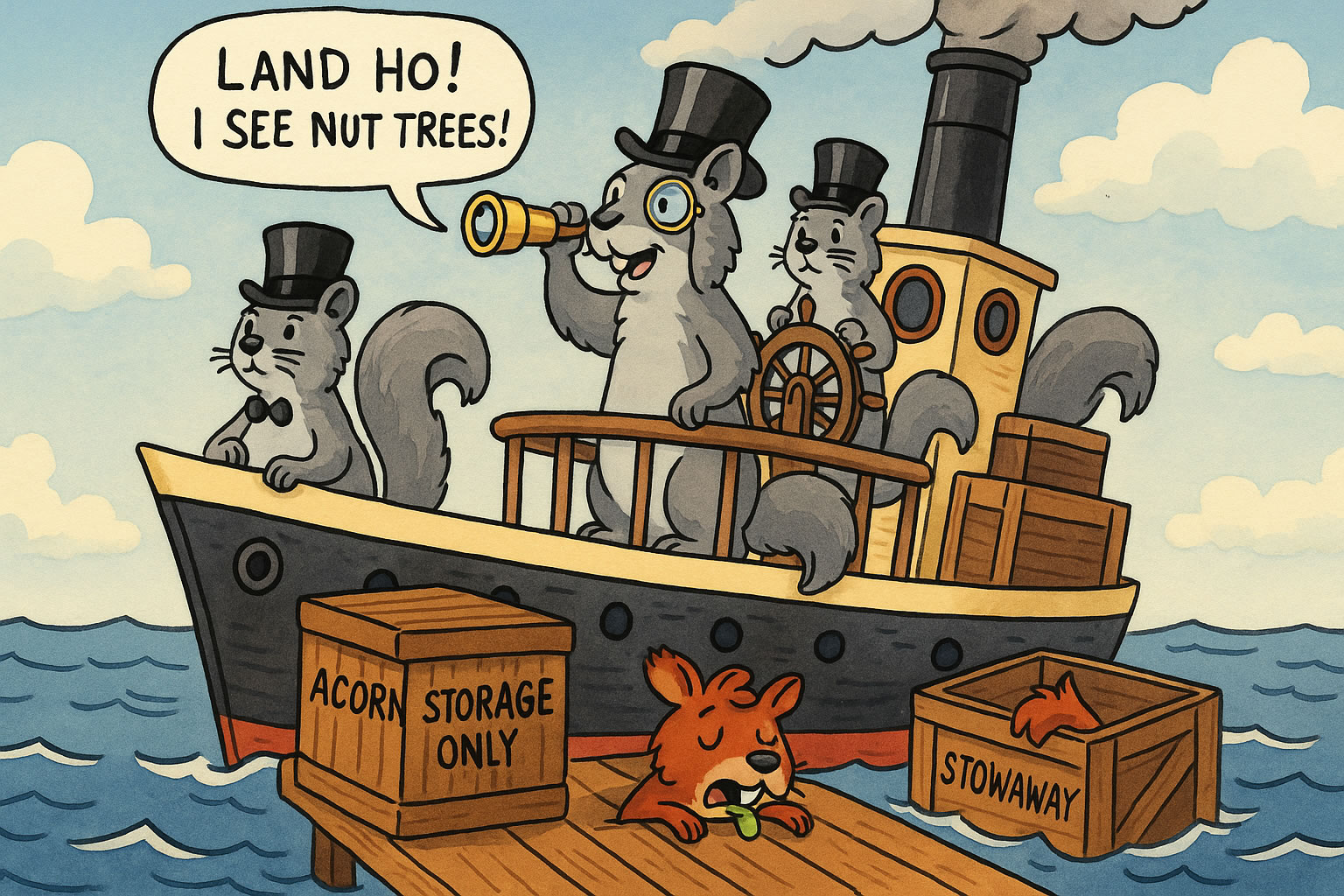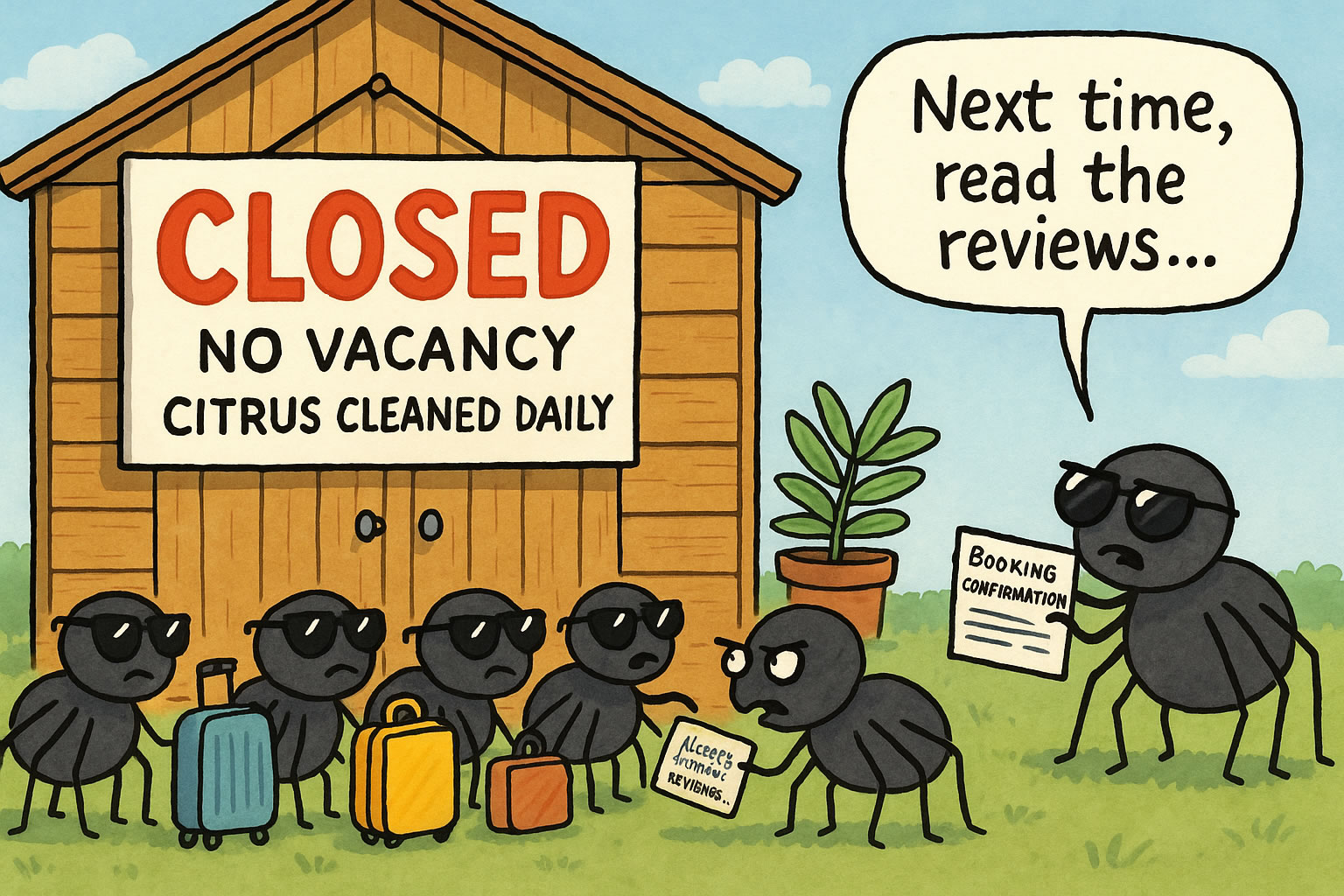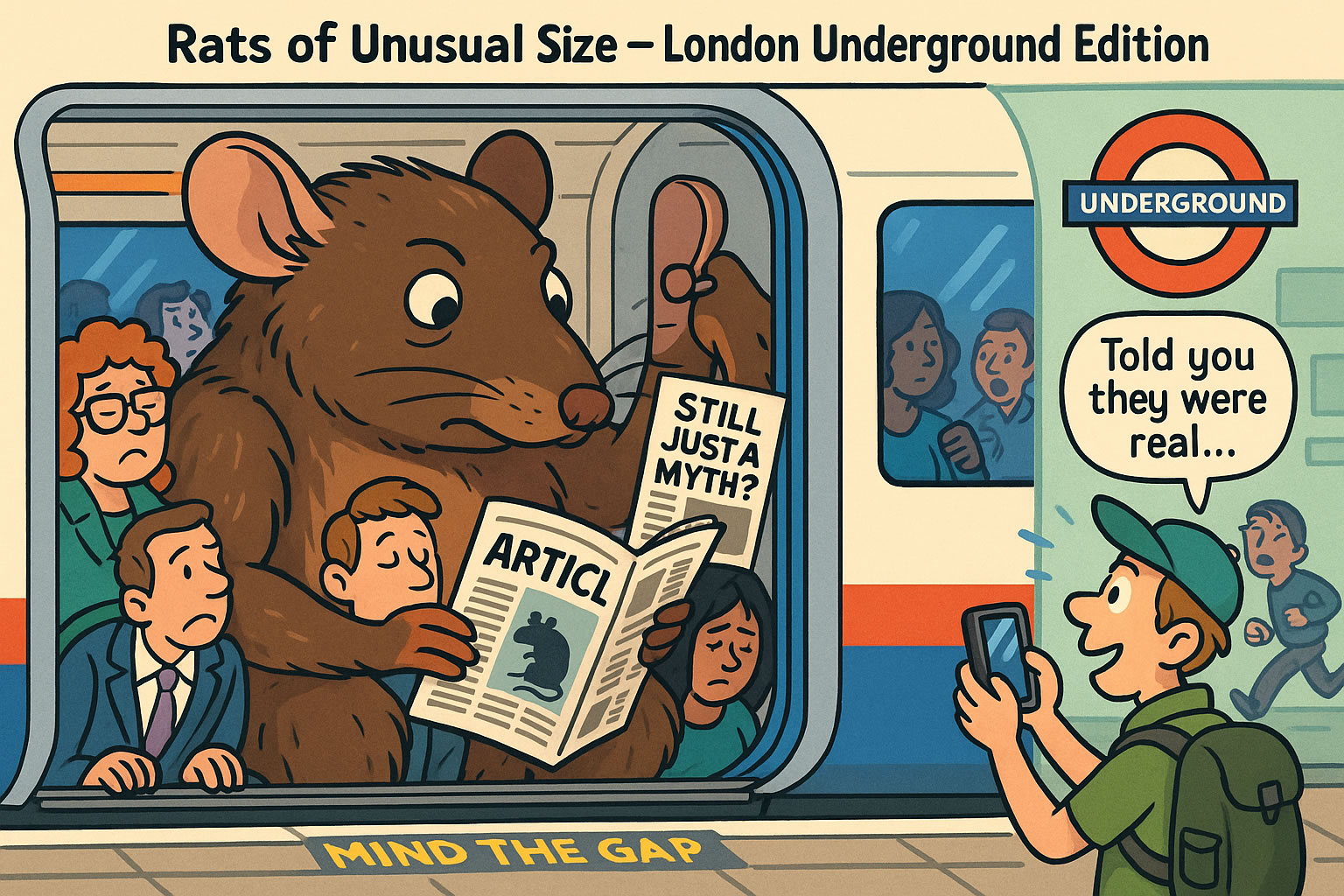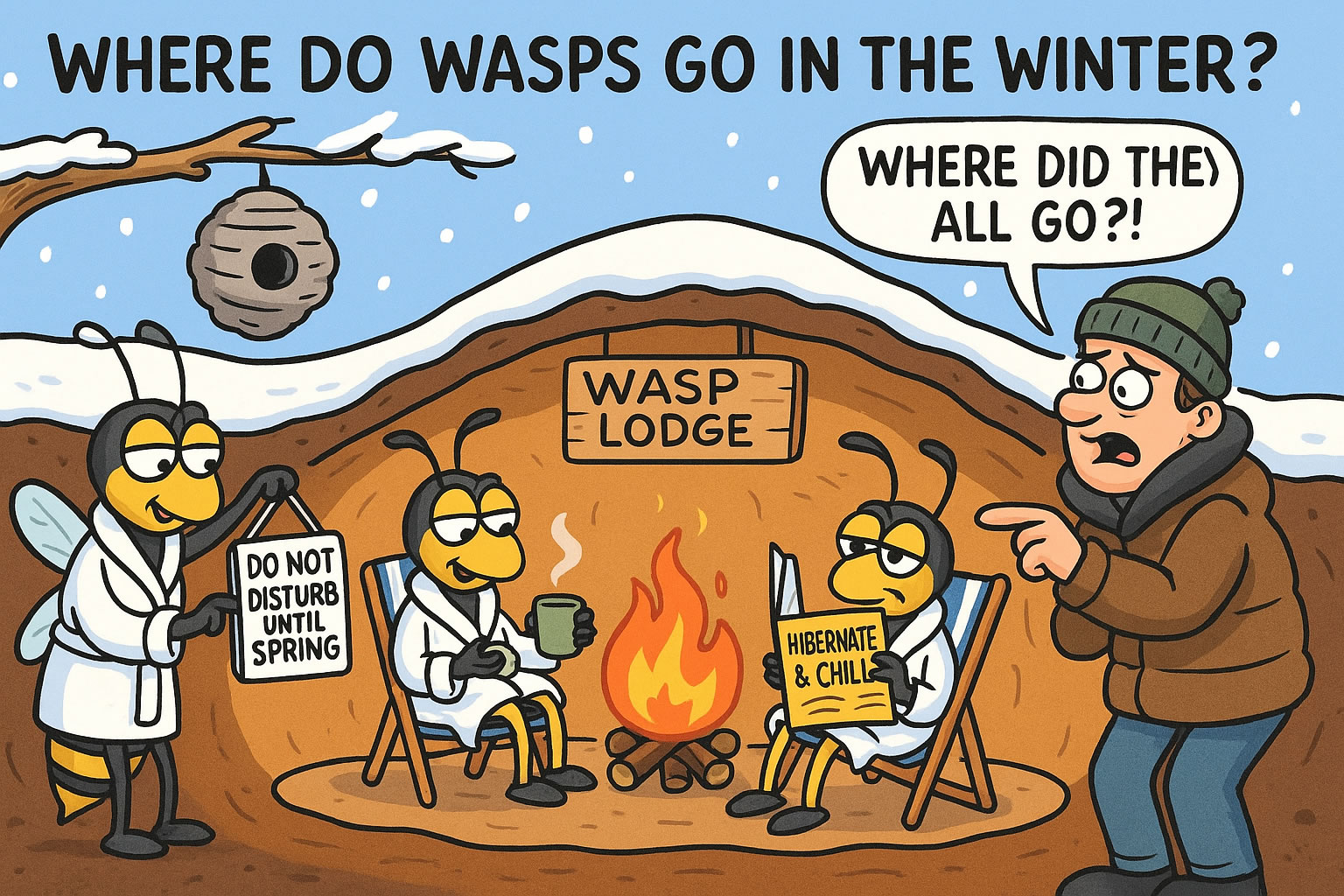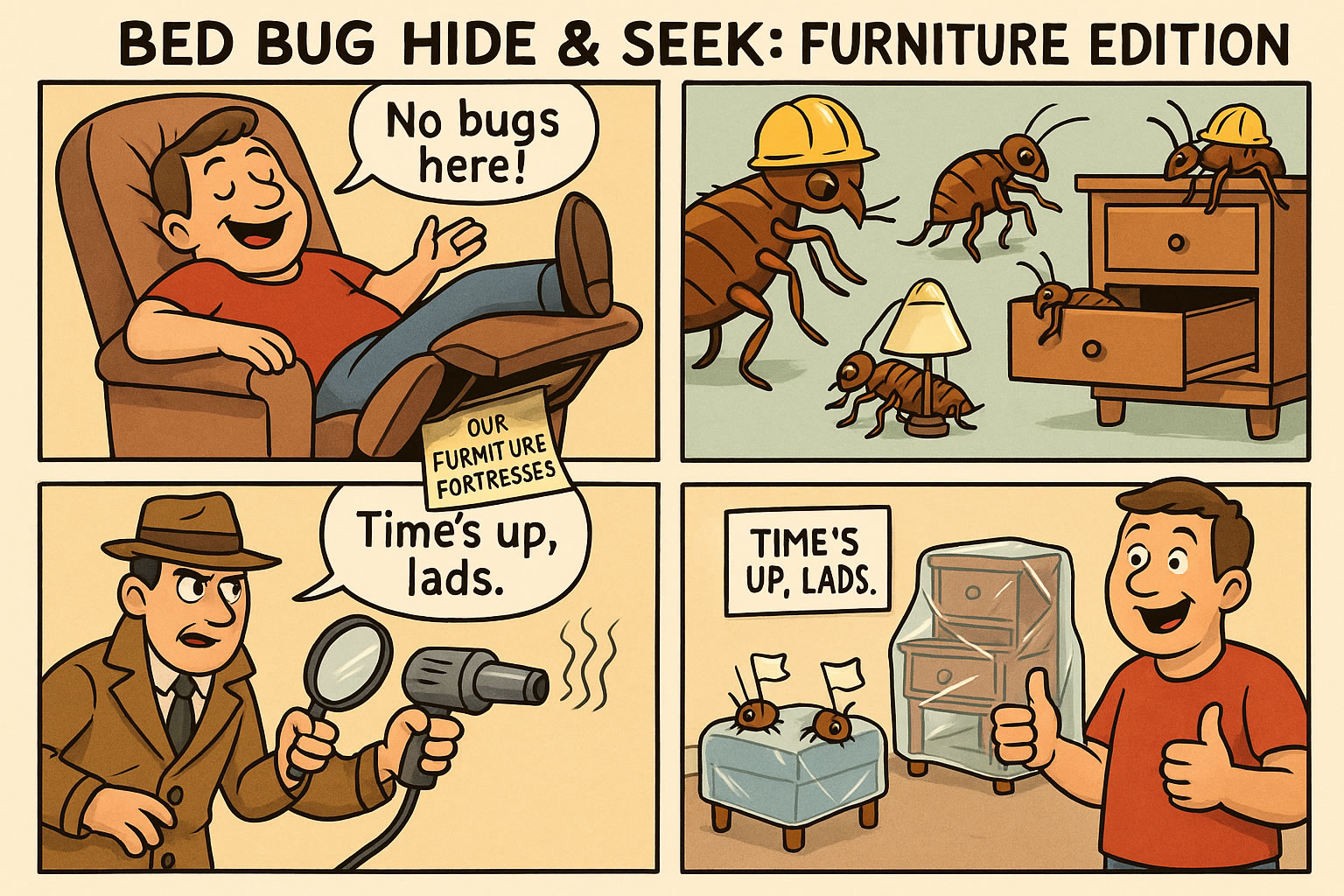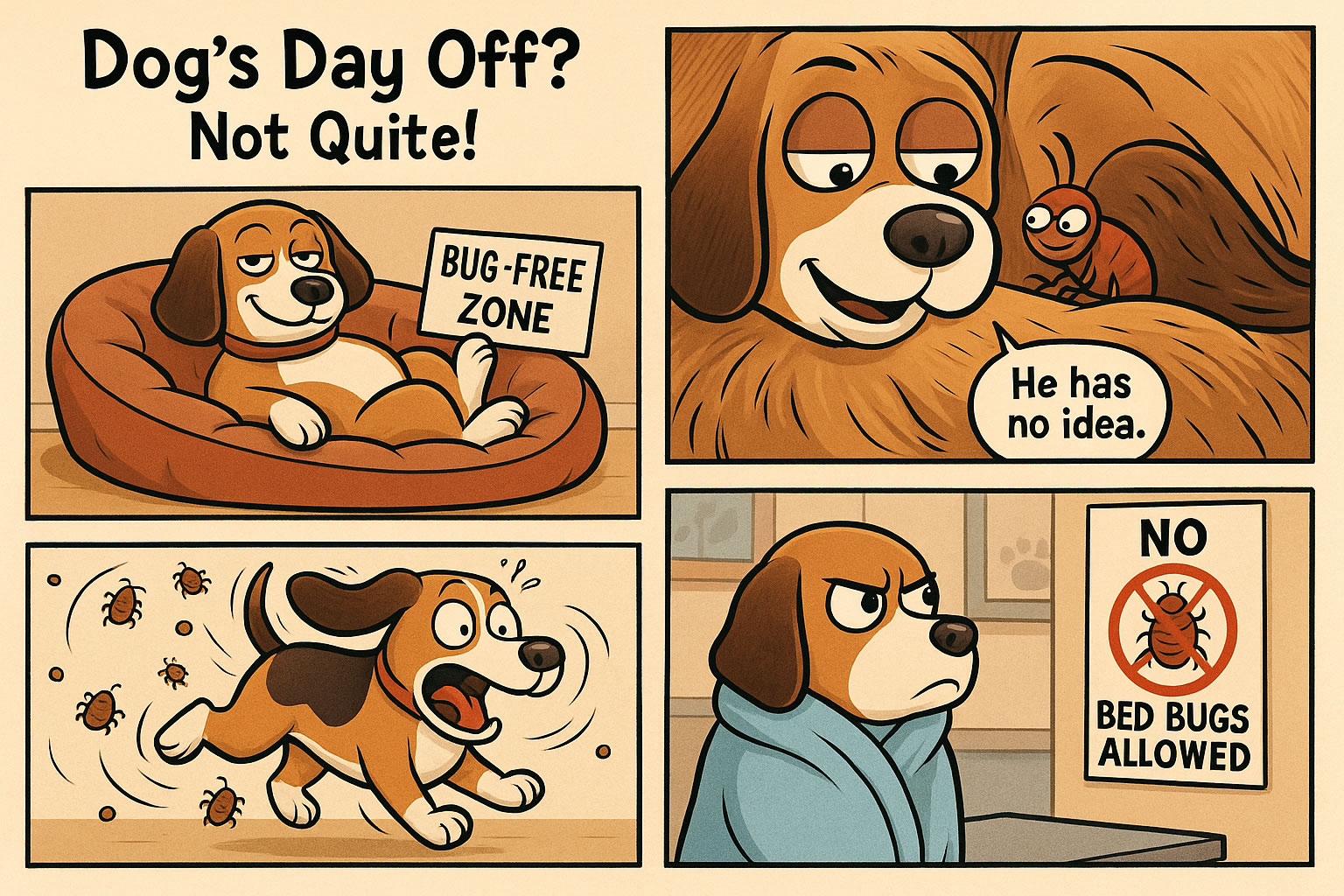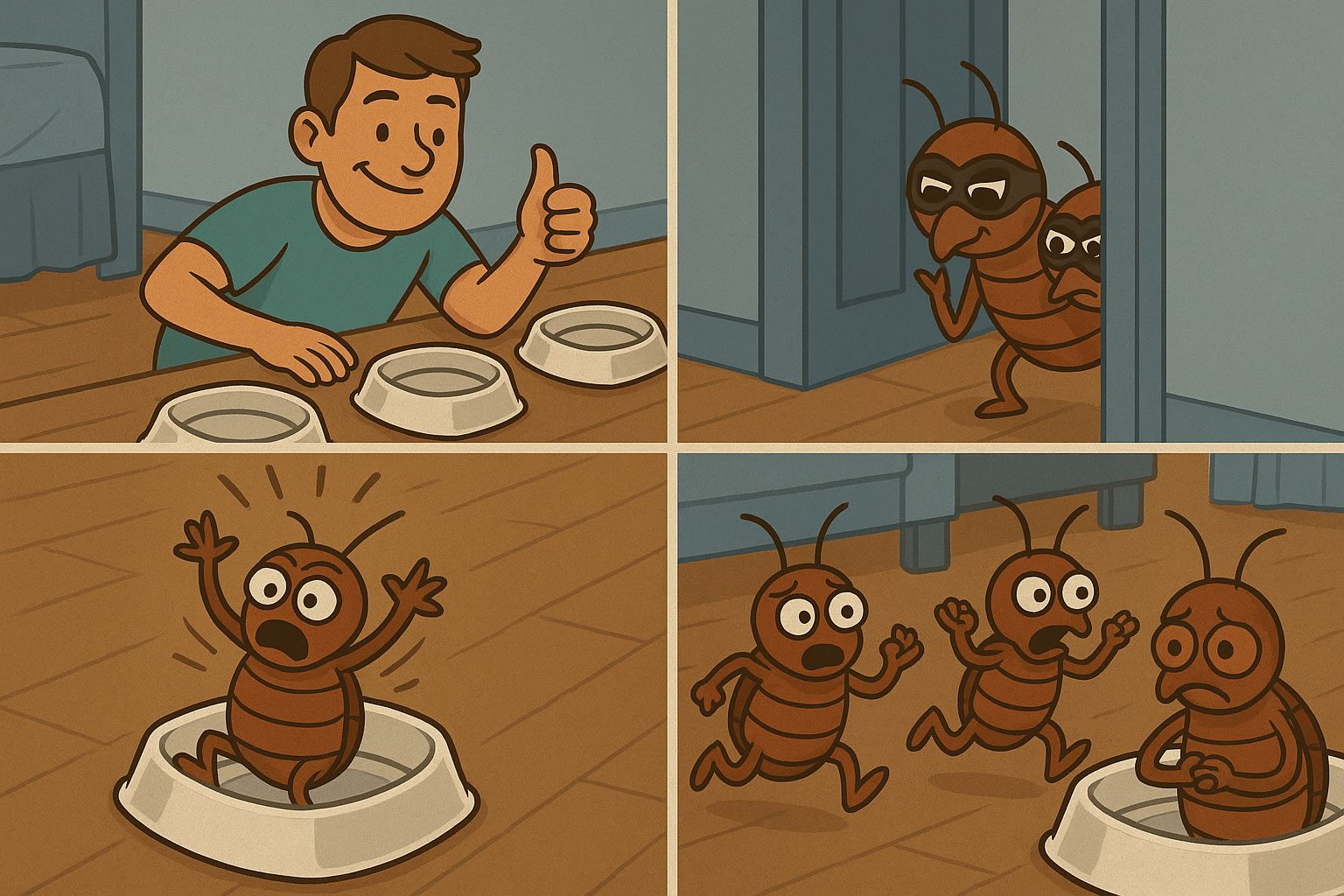Related Queries
ToggleIf you think you’ve seen something that might be mouse droppings in your home, it’s normal to feel a bit concerned. Mice tend to keep out of sight, so spotting their droppings is often one of the first clear signs you’ve got unwanted visitors. But before you panic, it’s worth taking a close look — not just at what you’ve found, but also where and how it’s turned up.
In this guide, you’ll find everything you need to know about mouse droppings — what they look like, where to find them, how they compare to other pest droppings, and what you should do next.
What do mouse droppings look like?
Mouse droppings are small, dark, and shaped a bit like grains of rice. They’re usually about 3 to 7 millimetres long, and both ends are often pointed rather than rounded. When fresh, they’re dark brown or black in colour and a bit soft to the touch (though you should never touch them without gloves). As they dry out, they harden and turn a lighter grey-brown colour.
You might come across them scattered randomly, or in neat little piles depending on where the mice are feeding or nesting.
Here’s what to look out for:
- Each dropping is about the size of a small grain of rice.
- The colour is usually dark, especially if it’s recent.
- The shape tends to be long, narrow, and slightly curved or straight with tapered ends.
- They’re often found in clusters — sometimes ten or more in the same spot.
If the droppings look moist or soft, that’s usually a sign of fresh activity. If they’re dry and crumbly, they’ve likely been there for a while — but that doesn’t always mean the mice have left.
Where are you most likely to find mouse droppings?
Mice are creatures of habit. They tend to stick close to their food source, and they often move through the same spaces over and over. Because of that, you’ll usually find droppings along walls, near cupboards, or behind appliances. These are the areas where mice feel safest and most hidden.
Common places to check:
- Behind the fridge or cooker
- In cupboards, especially under the sink
- Along skirting boards or behind furniture
- In the attic or loft
- Inside drawers or storage boxes
- Near pet food bowls or bins
Try not to just sweep droppings away when you find them. It’s better to take note of where they are and how many there seem to be. That gives you a clearer picture of how active the mice are — and where they might be nesting.
How can you tell if the droppings are from mice or something else?
It’s easy to confuse mouse droppings with those left by other small pests, like rats, bats, or even cockroaches. But there are a few small details that can help you work out what you’re dealing with.
Let’s break it down:
Mouse vs Rat Droppings
Mouse droppings are much smaller — usually 3–7 mm long. They’re thin, and the ends are typically pointed.
Rat droppings are larger, about 10–20 mm, and often have blunt or rounded ends. They look more like a large olive pit and are spaced more sparsely.
Mouse vs Bat Droppings
Bat droppings can look similar in size and shape, but they crumble easily because they’re made of insect parts. If you press bat droppings with a tissue and they crush into dust, it’s not mice.
Mouse vs Cockroach Droppings
Cockroach droppings are much smaller and look more like pepper grains or coffee grounds. They don’t have a pointed end, and you’ll usually find them in crevices or tight corners.
Taking a moment to study the droppings before you clean them up can save you time later on. It helps you know exactly what you’re dealing with and where to focus your efforts.
How many droppings do mice leave behind?
Mice are constantly on the move and they leave droppings wherever they go. A single mouse can produce around 50 to 80 droppings a day. That might sound like a lot, and it is — but you won’t always spot them all because they’re often dropped one by one across different spots.
If you’ve only seen one or two droppings, it doesn’t mean you’ve only got one mouse. The more droppings you see, the more likely it is that the infestation has been going on for a while or that there are several mice sharing the same space.
Keep an eye on the areas you’ve cleaned. If fresh droppings appear the next day in the same spot, that’s a clear sign of ongoing activity.
What do fresh mouse droppings look like?
Fresh droppings are a deep, dark brown or black colour. They’re slightly shiny and soft if you were to touch them (though again, don’t do that without gloves and protection). As they dry out, the colour fades and the surface looks dull or greyish.
If you’re not sure whether the droppings are new, try cleaning the area and checking back in 24 hours. If more droppings have appeared, you’ve got recent activity.
Fresh droppings also tend to appear near food, nesting materials, or warm spaces — all places where mice are most active at night.
What should you do if you find mouse droppings?
If you’ve found mouse droppings in your home, the first step is to avoid panic. It’s unpleasant, yes — but it’s also common, especially in older homes or during the colder months. What matters most is how quickly and carefully you deal with it.
Here’s what to do next:
- Clean Up Safely
Never sweep or vacuum mouse droppings while they’re dry. That can push dust particles into the air, and they may carry bacteria or viruses.
Instead, put on gloves and a face covering. Lightly spray the droppings with disinfectant or a bleach solution to dampen them, then wipe them up using paper towels. Seal them in a bag before placing it in the outside bin.
Afterwards, wash the area thoroughly and disinfect it again. Then wash your hands — even if you wore gloves.
- Look for Other Signs
Droppings are just one clue. Look for gnaw marks, shredded paper or fabric (which mice use for nesting), or greasy marks along walls where they travel. The more signs you notice, the clearer the picture becomes.
- Block Entry Points
Mice only need a gap the size of a pencil to get inside. Check along skirting boards, behind cupboards, around pipework, and anywhere wires or cables pass through. Seal up gaps using steel wool and filler or use mouse-proof mesh.
- Remove Food Sources
Keep food in sealed containers and clean up crumbs right away. Don’t leave pet food out overnight and make sure bin lids are secure. Mice will always stay close to food, so cutting off their supply helps to move them on.
- Consider Traps or Professional Help
If you’re seeing fresh droppings every day, or you’re not sure how to deal with the problem, it might be time to call in a professional pest control service. They can locate nests, identify entry points, and set up safe and effective ways to remove the mice.
How long do mouse droppings stay around?
Mouse droppings don’t go away on their own. Once they’re dry, they can sit unnoticed for weeks or even months if not cleaned. That’s why it’s so important to clear them up properly. Left untouched, they can attract insects, produce odours, and even spread germs.
If you’ve just moved into a property and you find mouse droppings, it doesn’t always mean the problem is ongoing — but it does mean someone should’ve sorted it before. Either way, it’s best to assume the risk is still there and clean everything thoroughly.
Can mouse droppings make you ill?
Yes — they can. Mice carry bacteria and viruses in their waste, and that includes their droppings. If the droppings dry out and turn to dust, you could end up breathing in particles without realising. That’s why safe cleaning is so important.
Some potential risks include:
- Salmonella, which can cause stomach illness
- Hantavirus, which is rare but serious (more common in North America)
- Leptospirosis, which spreads through urine and can be present where droppings are found
Wearing gloves, ventilating rooms, and cleaning properly helps reduce any risk.
Final thoughts: why spotting mouse droppings early matters
Spotting mouse droppings might not be pleasant, but it gives you a head start. The earlier you notice the signs, the easier it is to stop the problem before it gets worse.
Don’t ignore them, and don’t assume it’s a one-off. Take it seriously, act quickly, and you’ll protect your home and your health.
Look out for:
- The size and shape of the droppings
- Where they appear and how often
- Other signs like scratching, nesting, or chewed food packaging
Once you’re sure what you’re dealing with, take action — clean up safely, remove access to food, seal off entry points, and check back regularly.
If it feels like the problem’s bigger than you can handle, don’t wait. Get help from a professional. It’s always better to deal with it properly the first time than to keep chasing it around for months.
Are you looking for pest control in Cambridgeshire? Get in touch with us and a local pest removal company will be in touch.
These tiny, rice-shaped pellets (measuring just 1/8 to 1/4 inch long) scatter randomly across areas where mice have been active, often signalling a larger problem. Beyond the numbers, these droppings pose significant health risks, carrying dangerous bacteria and viruses like Hantavirus and Salmonella.
Disturbed droppings can release harmful particles into the air, exacerbating the threat to your household. If you spot dark pellets in your living spaces, particularly in kitchens or hidden corners, it’s a clear sign your home requires urgent attention.
Pest control professionals have the expertise to identify the problem, track infestations, and ensure your home becomes a safe, rodent-free environment.
Pest Control South Yorkshire – Pest Control Ravensden – Pest Control Kempston North
